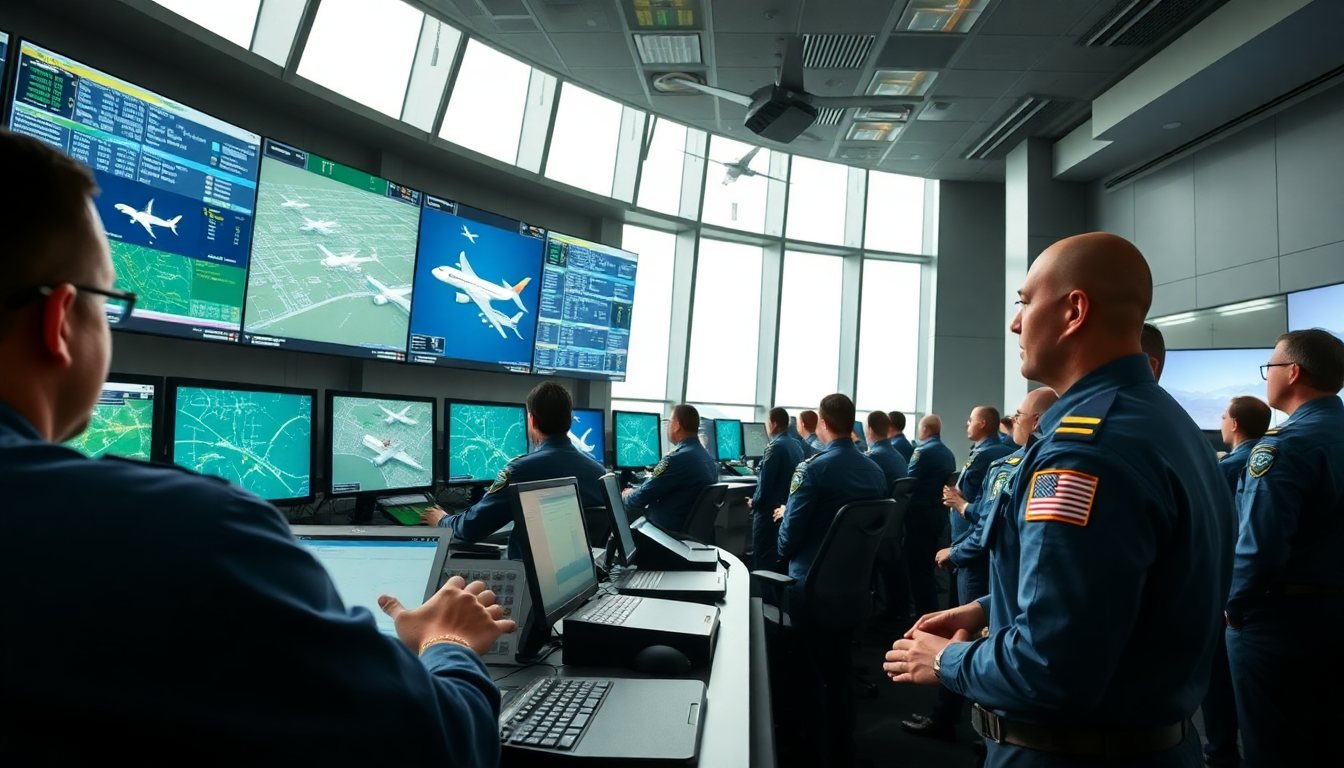Table of Contents
The nationwide shortage of air traffic controllers has become a pressing concern, leading to significant delays at major airports across the country. In response, the Federal Aviation Administration (FAA) is rolling out an expedited training pipeline to tackle this critical gap. With ambitious goals for recruitment and training, the FAA is harnessing cutting-edge technology to prepare a new generation of controllers more efficiently than ever before.
What’s Behind the Shortage and How is the FAA Responding?
As the aviation industry works to bounce back from the pandemic, the demand for skilled air traffic controllers has reached new heights. Earlier this year, the Transportation Secretary announced an ambitious plan to hire 2,000 new controllers by year-end—a move that highlights the urgency of the situation. This initiative is part of a broader strategy to keep air travel safe and efficient for everyone.
At the heart of this initiative is the FAA’s training academy in Oklahoma City, where they’re using the latest simulation technologies to create realistic training scenarios. These advanced simulators allow trainees to experience real-world conditions, drastically cutting down the time it takes for them to become certified. Thanks to these innovations, the FAA has managed to shave weeks off the traditional training timeline, helping them stay on track to meet their hiring goals.
How Are Training Programs Shaping the Workforce?
The training process for new air traffic controllers is both rigorous and essential. Each trainee starts with a 30-day foundational course, followed by six to eight weeks of specialized training in tower and radar operations. This structured approach not only equips trainees with the necessary skills but also boosts their confidence in managing the complexities of air traffic control.
Chris Wilbanks, the FAA’s Vice President of Mission Support, stresses that clear communication is vital in this field. He pointed out that effective instruction ensures pilots grasp their directives. With a training environment enriched by simulations, controllers are prepared to tackle real-time challenges, ultimately enhancing the safety of air travel.
Moreover, the FAA has launched the Supercharge Initiative, aimed at streamlining the hiring process and bolstering infrastructure support. This initiative is part of a whopping $12.5 billion investment, with $100 million earmarked specifically for training programs. As a result, the academy is seeing a record number of students in training, with expectations to significantly boost enrollment.
What’s Next? Projections and Strategies for Improvement
As the FAA continues to navigate the complexities of staffing shortages, maintaining a high standard of safety in the skies remains a top priority. The agency is closely monitoring airport operations, particularly in regions facing staffing challenges, like Newark, New Jersey. Their proactive approach to ongoing training and recruitment is crucial for effective air traffic management.
With the FAA’s commitment to innovation and efficiency, the air traffic controller training landscape is poised for transformation. The advancements in simulation technology and streamlined hiring processes not only promise to meet current demands but also set the stage for future growth in the aviation sector. As air travel rebounds, the FAA’s efforts will be vital in ensuring that the skies remain safe and accessible for all travelers.


